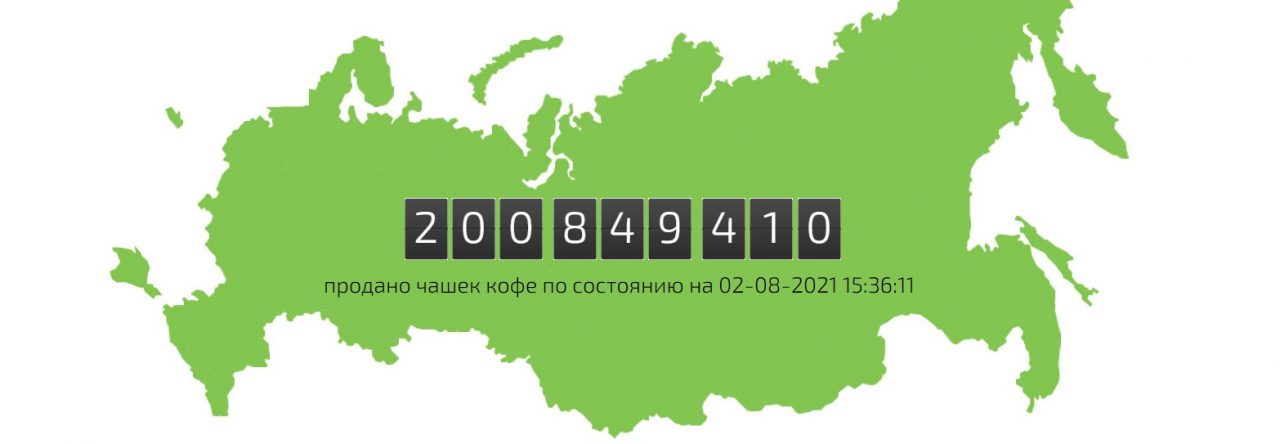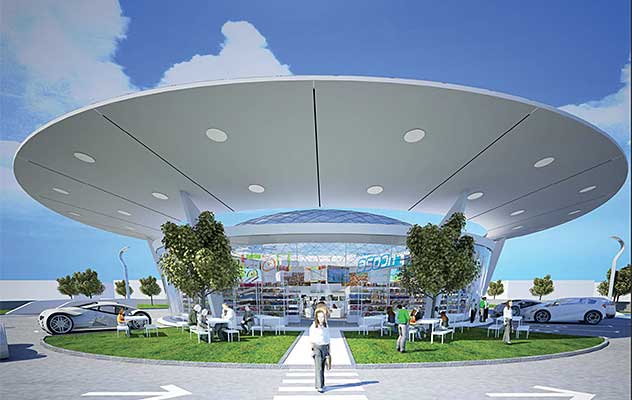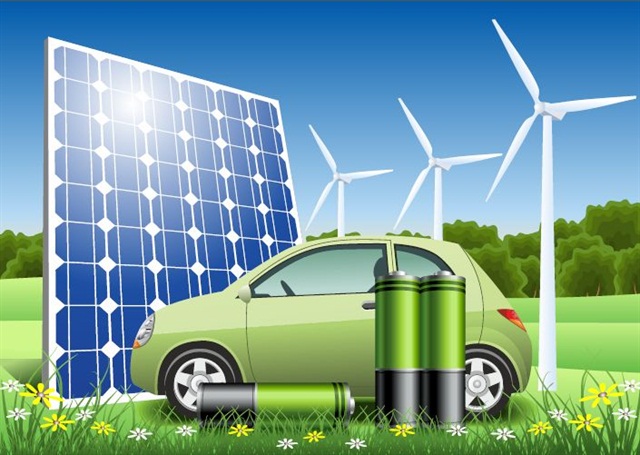While digital technologies evolve, the biggest names of the oil and gas industry are forced to change their business concept. Major gas station chains implement new business models that feature advanced IT tools. So, what will the gas station of the future look like?
The Key Factors that Influence the Gas Station of the Future
The evolution of the oil industry is influenced by several key factors. They have a great impact on the way modern gas stations look like. Moreover, they will define the way they will change in the nearest future considering some latest technological developments. Those factors include the following:
- Electric Cars – they are expected to reduce the demand for oil by 20% in 2035;
- Biofuel – the new type of eco-friendly fuel;
- New Requirements – the government regularly updates requirements and standards when it comes to the energy efficiency of vehicles.
We should also mention some new automotive trends like driverless cars, car sharing services, etc. All these new concepts will certainly change the way oil retailers deliver their services and products. The only way to stay on the market is to keep it relevant. Now, let’s get back to features of the gas station of the future.
Feature #1 – Alternative Fuel
All major oil and gas companies never stop experimenting with alternative types of fuel. Some of those types are already available on gas stations across the globe including spots in the United States and Europe. Some biggest industry names like Royal Dutch Shell have already implemented liquefied gas and other types of alternative fuel on their gas stations.
The same project is being tested in the Netherlands. Hailing from France, the industry leader Total SA is planning to open 350 sites that will sell natural gas during the next 5 years. Battery charges at gas stations are not new to consumers as well.
Feature #2 – Mobile Technologies
Mobile technologies are improving customers buying experience especially when it comes to mobile payments. The same thing is with cafe POS systems that are now available for both Android and iOS devices offering loyalty programs, gift cards, etc. BP gas station chain is testing its new mobile application that is aimed at making the purchasing process as fast and easy as possible. Each driver can use his or her mobile device to choose a particular type of fuel as well as needed volume. The information will be directed to a suitable pump, while the app will drive the consumer to that pump. Shell has also implemented such type of mobile solution.
Feature #3 – Product Delivery
MOL Group is a leading Hungarian retailer that is seeking new technological solutions. It has successfully implemented its remote delivery service provided via driverless vehicles. Moreover, the company is planning to develop its ride-sharing department. Experts predict the brand will have a fully automated vehicle fleet within the next 5 years. Those vehicles will hand product delivery.
Feature #4 – Fuel Delivery
The same way retailers deliver food, gas station chains are planning to deliver fuel. The idea s the same as with ordering pizza via your smartphone. Companies are going to implement mobile devices letting customers order a necessary fuel volume with just several clicks. Shell has already started testing such type of service in the Netherlands. The main idea is to transport fuel to any location whether you are at home or stuck in the middle of the highway.




Leave a Reply